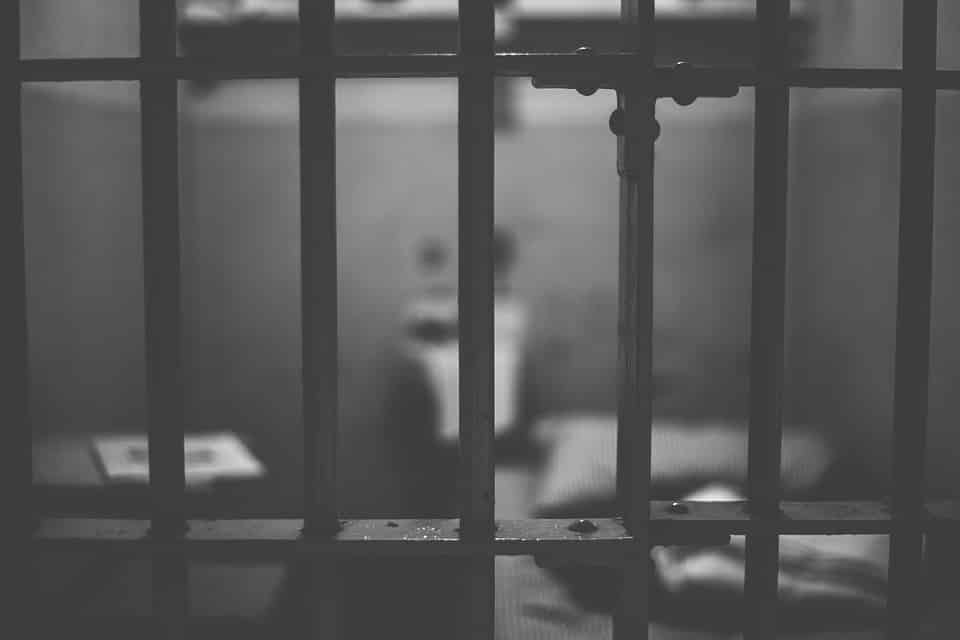
Are Jail and Prison the Same?
Most people think of jail and prison as being the same, but they are actually quite different. While both involve incarceration, jail is used for short-term sentences while prison is for long-term sentences. Jail is also used for pre-trial detention, which is when a person is arrested and held in custody before their trial.
This article gives you the inside scoop on the differences between jail and prison.
Major Differences
Local vs. State and Federal Government
One major distinction between jails and prisons is that jails are often run by local governments, while prisons are usually run by state or federal governments. This means the funding, staff, and jurisdiction are going to be very different.
Guilty vs. Presumed Innocent
Another distinction between jails and prisons is that people in jail are typically considered to be innocent until proven guilty, while people in prison are considered to be guilty. This means that people in jail have not yet had their day in court, while people in prison have already been through the criminal justice system and have been found guilty of a crime.
Pre-Trial vs. Serving a Sentence
Jails and prisons also have different primary purposes.
Jails are typically used to detain people who have been arrested and are waiting for their trial. Prisons on the other hand are used to house people who have been convicted of a crime and have been sentenced to serve time.
Size
Jails are usually smaller than prisons, and they have less security. This doesn't mean that jails are insecure! It only means that prison is where you have the highest levels of security, such as maximum security prison.
The Purpose of Jails and Prisons
Jails and prisons both serve important purposes in the criminal justice system. Jails are used to hold people who have been accused of a crime, while prisons are used to hold people who have been convicted of a crime. Both jails and prisons play a role in keeping society safe.
